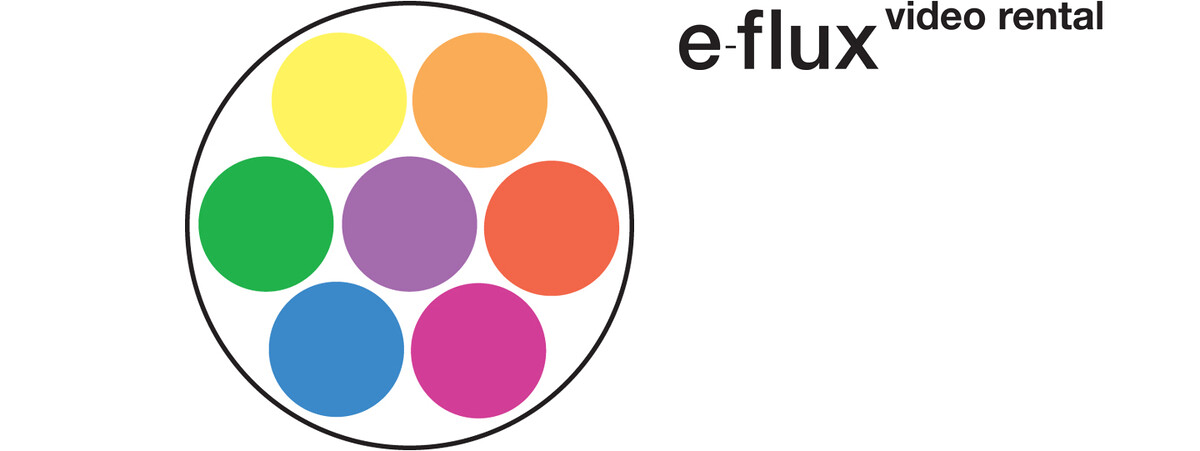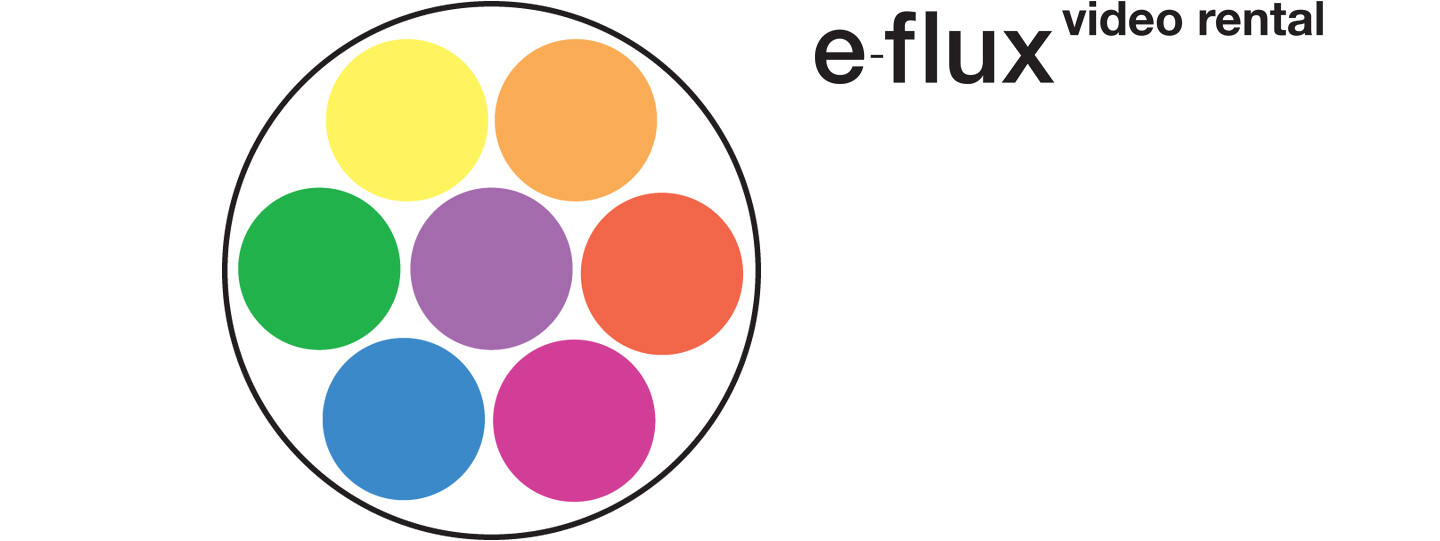Józef Robakowski and Michel Auder
September 12, 2019, 9pm
224 Greene Avenue
Brooklyn, NY 11238
USA
Join us at Bar Laika on Thursday, September 12, 9pm as we revist e-flux video rental (EVR), a seminal e-flux project organized in 2004 by Julieta Aranda and Anton Vidokle. This week, we present Józef Robakowski’s From My Window and Michel Auder’s Polaroid Cocaine.
Józef Robakowski, From My Window, 19 min 5 s., film/DVD, 1978-1999
The film was made on the basis of a dozen or more hours of footage shot during 1978–1999. The artist filmed the front yard of his block of flats in ‘Manhattan’ in Łódź - a cluster of tall, cement housing buildings. The images are accompanied by the artist’s commentary, which brings the viewer closer to his neighbours and family, including his then-wife, Małgorzata Potocka. The film comments on the political and social transformations that had taken place in Poland during the two decades.
Józef Robakowski made his first experimental film in 1962. From 1974, Robakowski also embraced a new medium - video art. Since 1978 Robakowski has run Exchange Gallery (Galeria Wymiany), a private gallery of recent art featuring leaflets, films, videos, objects, photographs, books, posters, documentations, and all kinds of publications, both the artist’s own and donated by other artists.
Michel Auder, Polaroid Cocaine, 5 min, video,1993
Composed solely of still images, a meditation on photography, advertising, desire, and spectacle. The title song is written by Jean-Jacques Shuhl and performed by Ingrid Caven, both friends of the artist.
Michel Auder moved to New York City in 1970 and has been making videos since the arrival of the Sony Portapak in 1969. Auder is an ethnographer of both moving-image time itself and the many art worlds in which he has lived and moved; his earliest works include portraits of artists including Alice Neel, Larry Rivers, Annie Sprinkle and Hannah Wilke.
—-
This Fall we would like to revisit e-flux video rental (EVR), a seminal e-flux project organized in 2004 by Julieta Aranda and Anton Vidokle. EVR started with a handful of artists videos at a tiny storefront on Ludlow street and went on to become a video archive of more than 1000 films and single channel video works by more than 600 artists that traveled to more than twenty cities all around the world, until it finally found a permanent home in the collection of the Museum of Contemporary Art in Ljubljana in 2011.
EVR was conceived as an alternative means for distribution and circulation of video art. In spite of the fact that many artists of the 1960s and 70s were drawn to working with video because it was relatively inexpensive and easy to reproduce and distribute, the subsequent assimilation of video art into the precious-object economy of the art market has significantly limited access to video works. EVR began as a functional reflection and inversion of this process. Comprising a public screening room, a film and video archive that grew with each installation of EVR, and a free video rental shop, VHS tapes could be watched in the space or checked out and taken home once a viewer has completed a membership form.
We plan to view the entirety of the contents of EVR at Bar Laika in a series of weekly screenings. This may take a few years…
For more information, contact laika@e-flux.com.

